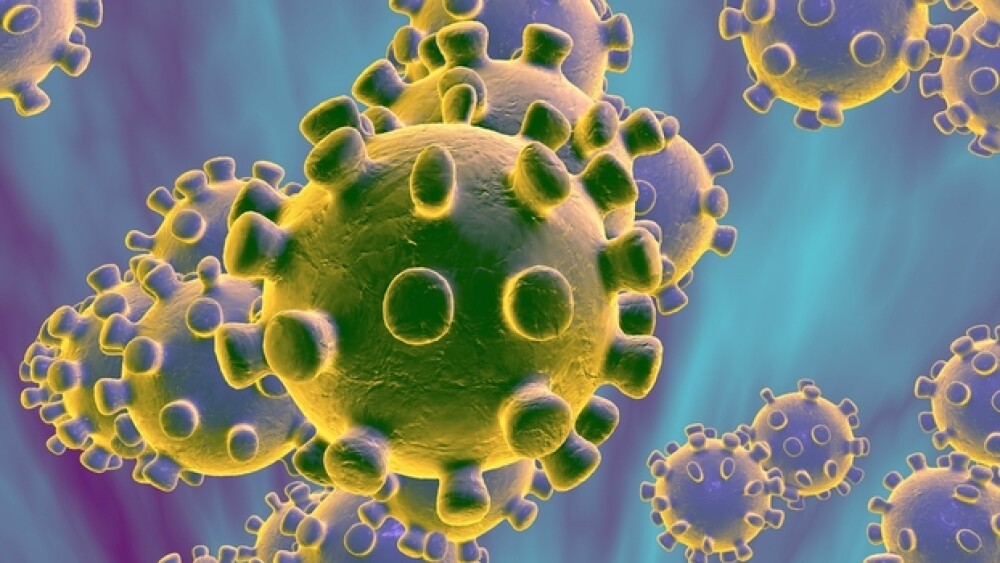The new coronavirus infection appears connected to a seafood market in Wuhan City in China, which has more a population of more than 11 million.
It originally started as mysterious cases of pneumonia reported in China. It has now been identified as a new strain of coronavirus, which as of today, has infected more than 440 people and killed nine in China. On Jan. 21, 2020, the first case was reported in the U.S. The unnamed patient is being treated at Providence Regional Medical Center in Everett, Washington. He recently returned from Wuhan, China, the source of the infections.
The U.S. National Institutes of Health (NIH) is taking the risk of these infections seriously, and beginning work on a vaccine. But the first phase of clinical trials of the vaccine wouldn’t take place for several months and it would be more than a year before a vaccine might be available.
However, biotech company Moderna is working with the federal agencies on a vaccine. The company’s chief executive officer Stephane Bancel told CNBC they might be able to develop one in less than two months.
In the company’s SEC filing, it wrote, “Moderna’s mRNA vaccine technology could serve as a rapid and flexible platform that may be useful in responding to newly emerging viral threats, such as the novel coronavirus. While we have not previously tested this rapid response capability, Moderna confirms that we are working with NIH/NIAID/VRC on a potential vaccine response to the current public health emergency.”
The virus was first reported in December 2019. Most of the cases have been in China, although there have been reports of infections in Thailand, South Korean, Japan, and now the U.S.
The virus is a coronavirus, the same family of viruses that causes colds, but also more severe infections such as Severe Acute Respiratory Syndrome (SARS) and Middle East Respiratory Syndrome (MERS).
At the moment, the risk appears to be relatively low, although the concern is similar to those seen with SARS, MERS and even very different types of viruses, such as Ebola. One reason is that they all appear to have originated in animals and then spread to humans. The term for this is zoonotic. And the new coronavirus appears to be communicable between humans.
“Human-to-human spread has been confirmed [but] how easily or sustainably this virus is spreading remains unknown,” said Nancy Messonnier, director of the U.S. Center for Disease Control and Prevention’s National Center for Immunization and Respiratory Diseases in a press conference. “Right now we are testing for this virus at CDC, but in the coming weeks we anticipate sharing these tests with domestic and international partners.”
The World Health Organization (WHO) is holding an emergency meeting today to decide if the outbreak should be classified as an international public health emergency. Although there are more than 440 reported cases, epidemiologists believe there are likely thousands of cases that have gone unreported or undiagnosed.
SARS was believed to have originated in bats then spread to civet cats before infecting humans. MERS is believed to have originated in camels. HIV, Ebola and H5N1 influenza all came out of wildlife before humans interacted with infected animals. In SARS, for example, almost 40% of the first cases were in food preparers and people who handled, killed or sold wild animals.
The new coronavirus infection appears connected to a seafood market in Wuhan City in China, which has more a population of more than 11 million. A CNN report found that the South China Seafood City market in Wuhan not only sold seafood, but also raccoon dogs and deer.
“When you bring animals together in these unnatural situations, you have the risk of human diseases emerging,” Kevin Olivan, a disease ecologist and conservationist at the EcoHealth Alliance, told National Geographic. “If the animals are housed in bad conditions under a lot of stress, it might create a better opportunity for them to shed virus and to be sick.”
At this point, not enough is known about the new coronavirus to determine how great the risk actually is. At the moment, public health experts don’t believe the risk is as high or as dangerous as the measles or the flu. But there’s clearly concern, and with the ease of international travel and the possibility of the virus mutating further to become either more deadly or more communicable, public health officials are on high alert.
Pascal Soriot, the chief executive officer of AstraZeneca, told CNBC at the World Economic Forum in Davos, Switzerland that the company “plans for this kind of event,” but like its competitor Merck, was holding off until the WHO provided guidance on how to respond. “It really looks like at this point it’s very contained,” he said.
“This is one of those inflection moments in outbreak history where we have enough information to be very concerned, but not enough information to say this is going to be an international crisis,” said Michael Osterholm, director of the Center for Infectious Disease Research and Policy at the University of Minnesota.





